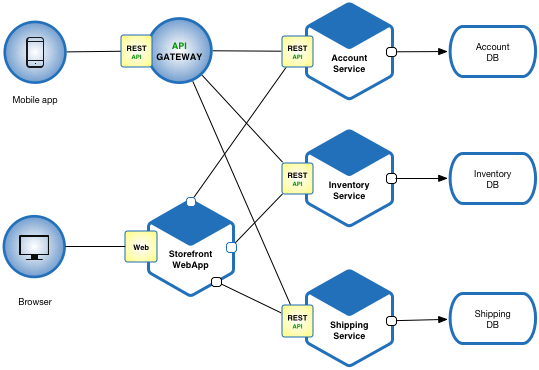Microservices architecture is reshaping how websites are built and maintained. This post will explore the advantages of breaking down monolithic structures into smaller, independent services, enhancing scalability, efficiency, and flexibility in web development.

In a microservices architecture, a complex web application is divided into smaller, independently deployable services, each responsible for a specific functionality. This modular approach allows developers to update, scale, and maintain individual services without affecting the entire system.
Scalability is a key benefit of microservices. Each service can be scaled independently based on demand, ensuring optimal performance during traffic spikes. This scalability is essential for websites with varying workloads or those experiencing rapid growth.
Efficiency is another advantage. With microservices, development teams can work on different services simultaneously, accelerating the overall development process. Additionally, updates or changes to one service don’t require redeploying the entire application, reducing downtime and minimizing the risk of errors.
While microservices offer numerous benefits, implementing this architecture requires careful consideration of factors such as communication between services, data consistency, and monitoring. Understanding the principles of microservices empowers developers to build scalable and efficient websites that can adapt to changing demands.


